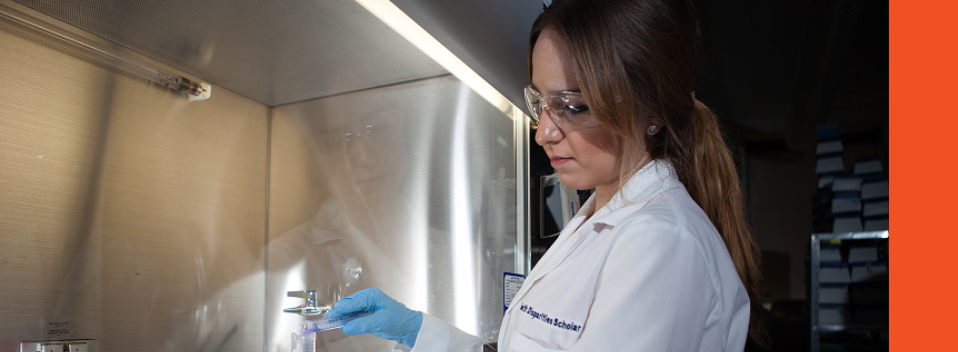
Health & Biomedical Sciences Faculty Publications and Presentations
Document Type
Article
Publication Date
12-9-2022
Abstract
Background
About 20–30% of patients with schizophrenia develop tardive dyskinesia (TD). Oxidative stress is one potential causes of TD. CYP2E1 is considered as an oxidative stress-related gene, however, no study has been reported on the DNA methylation levels of the CYP2E1 in schizophrenia or TD.
Methods
A total of 35 schizophrenia patients with TD, 35 schizophrenia patients without TD (NTD), and 35 health controls (HCs) were collected in Beijing, China. DNA was extracted from peripheral blood samples. The promoter methylation levels of CYP2E1 were detected using pyrosequencing. The generalized linear model (GLM) was used to examine the methylation levels of three CpG sites among three diagnostic groups (TD vs. NTD vs. HC).
Results
The average methylation levels were 8.8 ± 10.0, 14.5 ± 11.9 and 15.1 ± 11.3 in TD, NTD and HC groups, respectively. The F-test in GLM revealed overall differences in the average of methylation levels of three CpG sites among three diagnostic groups (p = 0.0227) and in the third CpG site (p = 0.0026). Furthermore, the TD group had lower average methylation levels than HC and NTD groups (p = 0.0115 and 0.0268, respectively). Specifically, TD group showed lower methylation levels in the third CpG site than HC and NTD groups (p = 0.0012 and 0.0072, respectively). Additionally, associations of the methylation levels with clinical features in the TD group were observed using Spearman correlation analysis.
Conclusion
This study provides the first evidence of DNA methylation levels in the promoter of CYP2E1 gene associated with schizophrenia and TD. The abnormal DNA methylation might serve as a potential mechanism for TD.
Recommended Citation
Zhang, P., Li, Y., Wang, K., Huang, J., Su, B. B., Xu, C., ... & Tan, Y. (2022). Altered DNA methylation of CYP2E1 gene in schizophrenia patients with tardive dyskinesia. BMC Medical Genomics, 15(1), 253. https://doi.org/10.1186/s12920-022-01404-8
Creative Commons License

This work is licensed under a Creative Commons Attribution 4.0 International License.
Publication Title
BMC Medical Genomics
DOI
10.1186/s12920-022-01404-8


Comments
Copyright © 2022, The Author(s)
This article is licensed under a Creative Commons Attribution 4.0 International License, which permits use, sharing, adaptation, distribution and reproduction in any medium or format, as long as you give appropriate credit to the original author(s) and the source, provide a link to the Creative Commons licence, and indicate if changes were made.